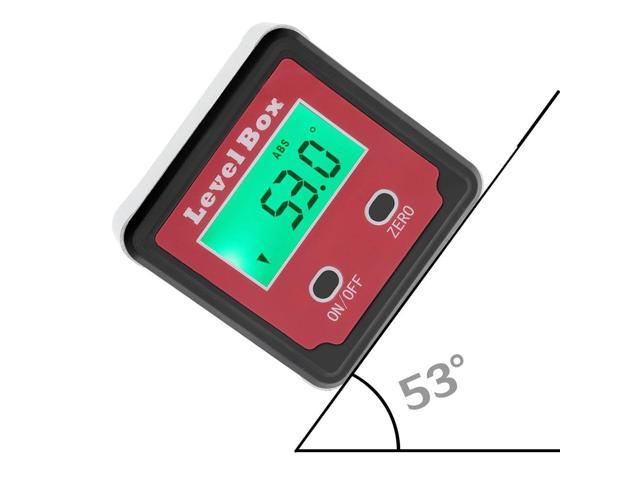Today we will be looking at the energy unit test, then continuing to work on momentum and collisions.
Momentum test on Friday.

Learn Physics – Mr. Trampleasure
Resources for high school physics students and teachers
Today we will be looking at the energy unit test, then continuing to work on momentum and collisions.
Momentum test on Friday.
Today’s assignment is a set of multiple choice problems. The answers are below:
Please post any questions you have in the comments section below. Remember to designate which worksheet/page/etc. the problem is from.
In our study of energy and work, we have yet to address the time it takes to transfer energy from one system to another. This rate is called power, and given symbol P (upper case, we’ll use the lower-case p for another variable later). Since the rate is time based, the equation for power is:
P = Δ E/ Δ t
The units for power from this equation would be J/s, which physicists shortened to Watt, with the symbol W (upper-case since it’s named after a person, James Watt). So…
1 J / s = 1 W
Work your way through Problem 5.12 on Page 143.

Page 154, problems 48, 50, 51, 53, 54
Section 5.6: Power, pages 142-146
We went over some of the problems from last week.
Continue reading “1/27 AP Phys: The Rope Swing”Page 152, Problems 21-24

Page 153, Problems 33, 35 (both spring energy), 47 (a red, make sure to do drawings before you start!), 29, 30, 32, 34, 43
Jackson suggests you do Problems 73 and 75; I guess I’ll have to try these this weekend 🙂
Questions? Post them below. Don’t forget, you can log in with just about any social network and receive email updates when your question is answered.
Write the slope of your F/x calculations for each spring under the matching color on the whiteboard on the right.
As we saw yesterday, the relationship between the force applied to a spring and the stretch of the spring is linear. The slope of the F/ Δ x plot is
F = k* Δ x
which can be rearranged for the spring constant:
k=F/ Δ x
and the units of the spring constant must be N/m.
Similar to the lab we did in class, only this one uses the force of gravity between the earth and a hanging mass.
We demonstrated this both with algebra/geometry and with integrals in calculus. Vide of this will appear below soon.
Calculation video will appear here soon.
Flipping physics video.
In your textbook, Page 152, Problems 21-25. Complete tonight so we can whiteboard them tomorrow.
Problem 22: Here is a video of helper springs at work: https://youtu.be/GQs79EIw81M (this video is set to not allow embedding in other web sites. Below is another video that did allow embedding.
You will need to think about how you are making the following measurements, and record the details of your procedures in your lab book.

The student is able to describe and make qualitative and/or quantitative predictions about everyday examples of systems with internal potential energy. (Science Practices 2.2, 6.4, and 7.2)
Observe the demonstration and take notes on your observations and questions. Think about/answer the following questions:

Provide detailed procedural steps. Make sure that if you gave them to someone who had not completed the lab, they could do everything completely and in the same way your group did it.
Are you completing these steps as you progress?
We added energy equations and the work work/energy theorem to our energy knowledge. In physics, work is used to add or remove energy from a system.
Class/homework: Page 151, # 9-18
We worked on an energy simulation using the PhET Energy Skate Park simulation. You can see the assignment here, and the simulation here:
We started learning about power. Textbook Section 5.6, pages are 142-146. Solve problems 48-54 on page 154.